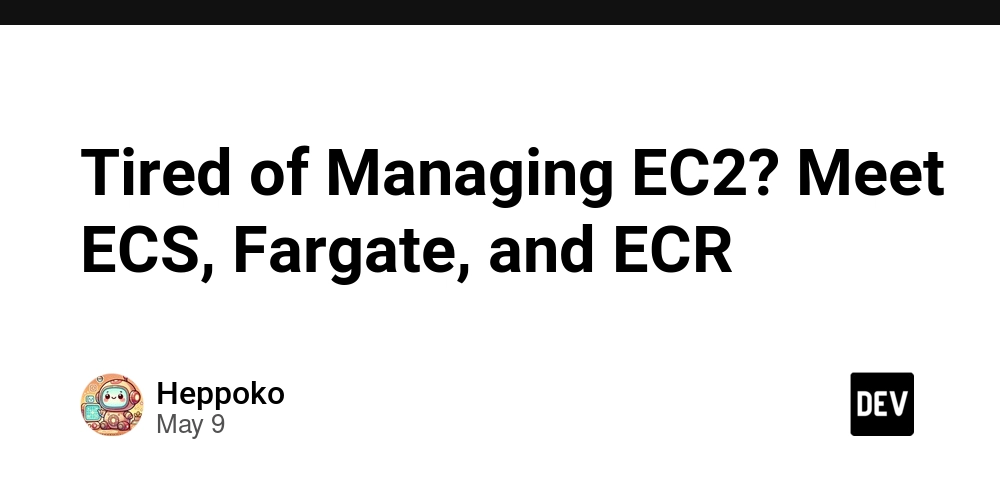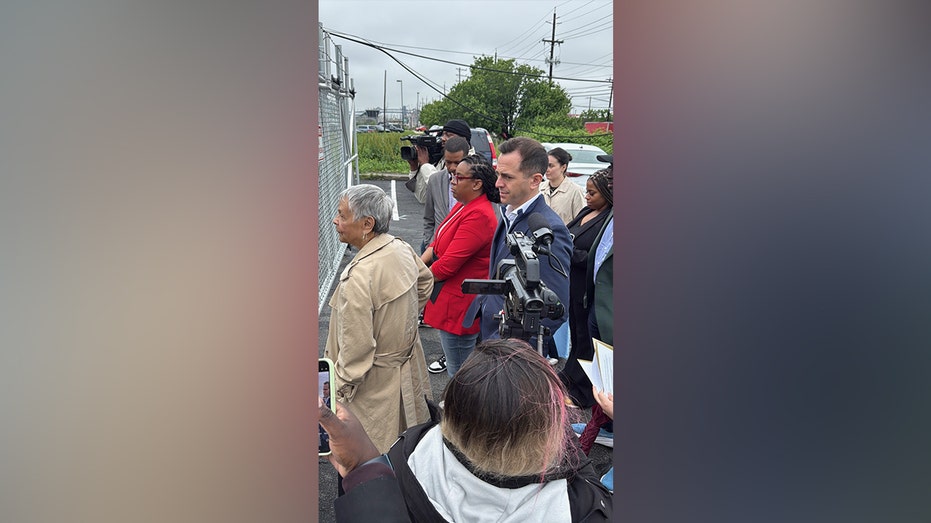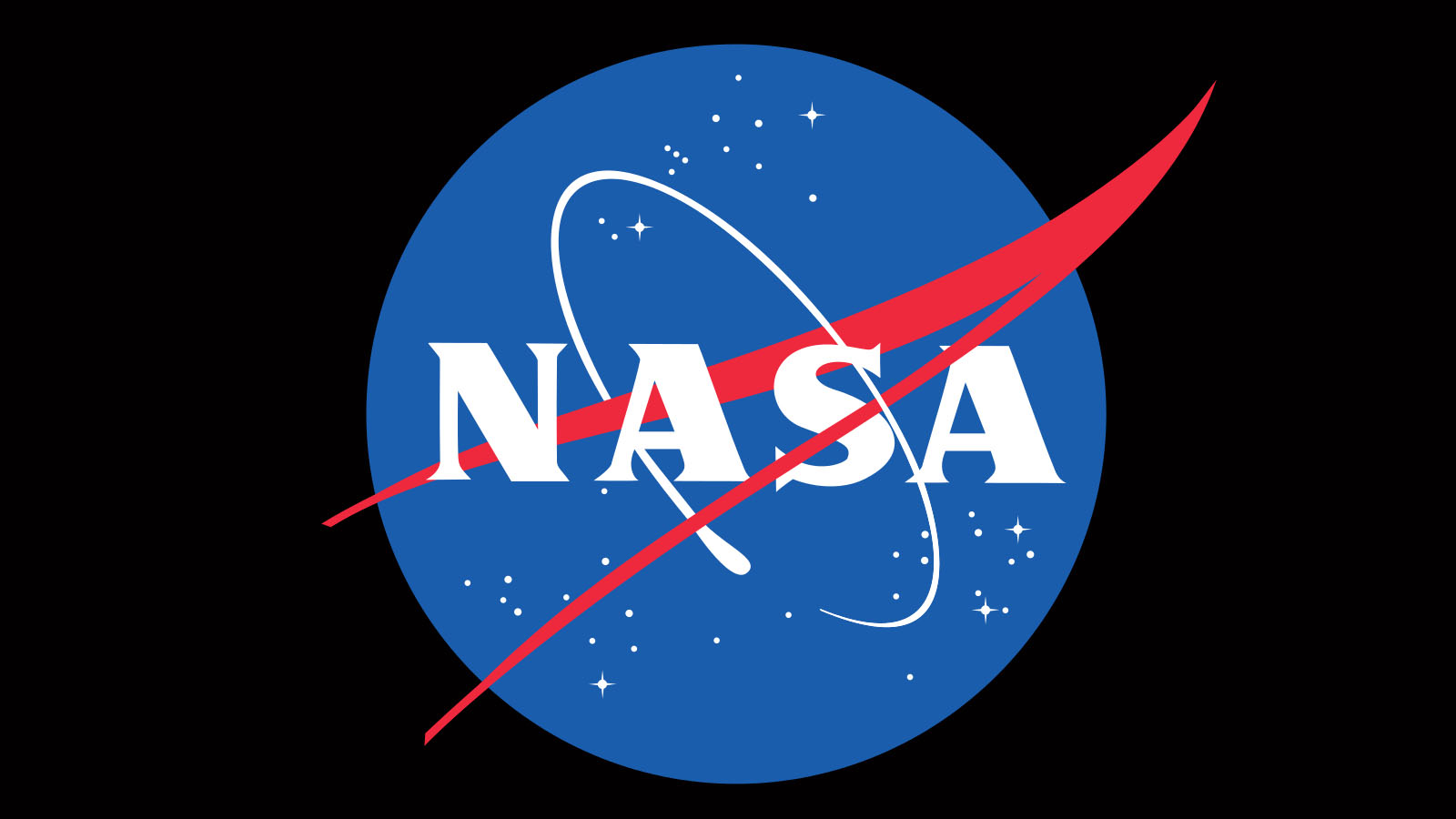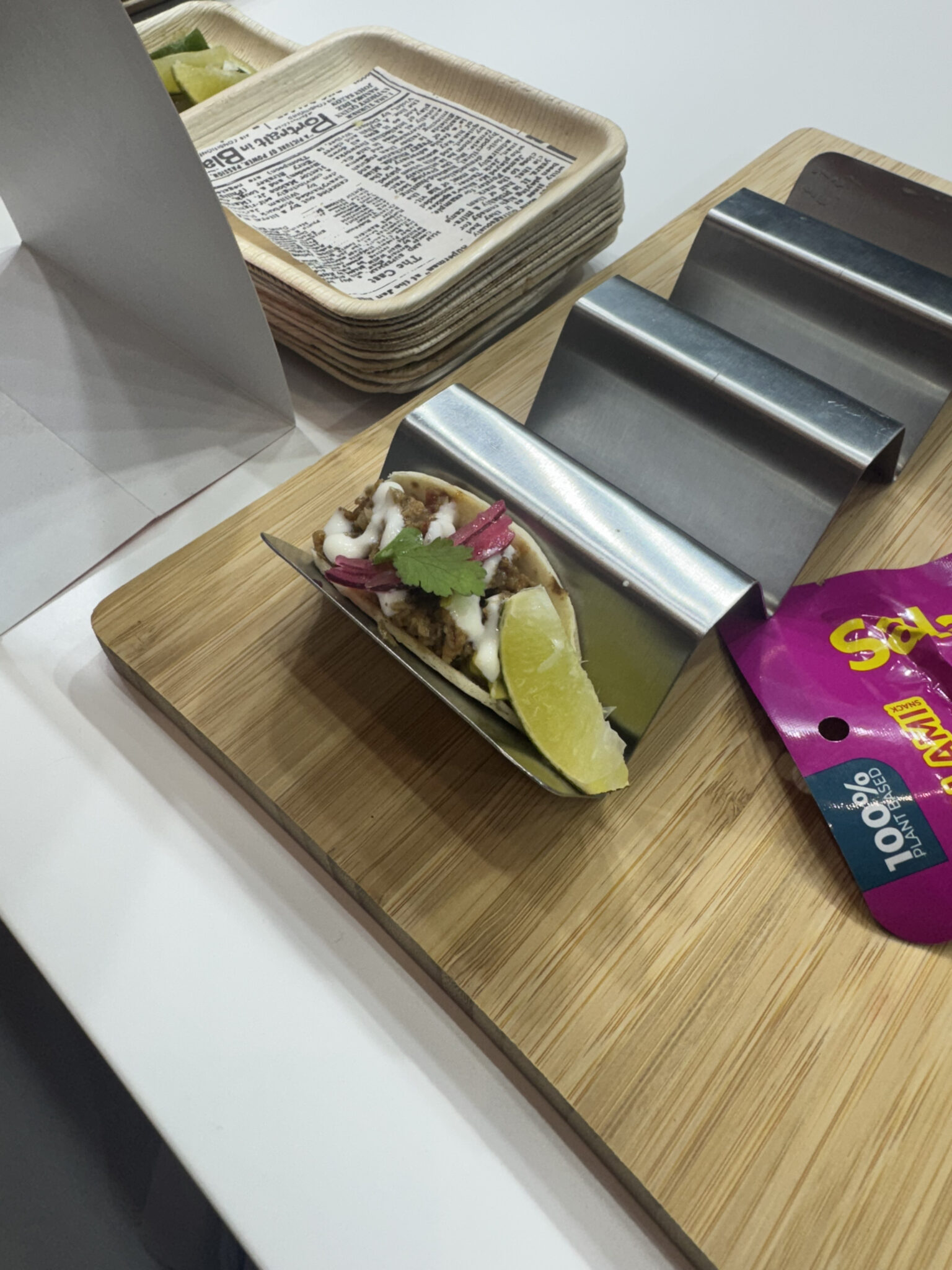Tired of Managing EC2? Meet ECS, Fargate, and ECR
“I'm sick of babysitting ec2.” Security patches, instance health checks, autoscaling headaches — when did server management become your main job? You got into this to build apps, not to stay up at night restarting failed instances. That’s exactly how I felt. Burned out from constantly tending to EC2, I eventually discovered Fargate — and it was a game-changer. At one point, I was stuck in the same loop: wrestling with complex scaling rules, dealing with unexpected traffic spikes, and getting midnight alerts about instance failures. Then I found ECS + Fargate. “Wait a minute… I don’t need to manage servers anymore?” That realization was like a weight lifting off my shoulders. In this article, I’ll walk you through what ECS, Fargate, and ECR are — and more importantly, why they matter. Whether you’re drowning in EC2 maintenance or just curious about serverless container deployments, this is your beginner-friendly guide. What Are ECS, Fargate, and ECR? These three AWS services work together to let you build, store, and run containerized applications — without having to manage the servers underneath. First, What’s a “Container”? A container is a lightweight, portable package that includes everything your app needs to run: code, runtime, libraries, and system tools. With tools like Docker, you can build containers that work consistently across different environments — no more "it worked on my machine" issues. What is ECR (Elastic Container Registry)? Think of ECR as GitHub for Docker images. It’s where your container images live. You build your app into a Docker image. You push (upload) that image to ECR. Then ECS + Fargate pull (download) it when it’s time to run your app. In short:

“I'm sick of babysitting ec2.”
Security patches, instance health checks, autoscaling headaches — when did server management become your main job? You got into this to build apps, not to stay up at night restarting failed instances.
That’s exactly how I felt. Burned out from constantly tending to EC2, I eventually discovered Fargate — and it was a game-changer.
At one point, I was stuck in the same loop: wrestling with complex scaling rules, dealing with unexpected traffic spikes, and getting midnight alerts about instance failures. Then I found ECS + Fargate.
“Wait a minute… I don’t need to manage servers anymore?”
That realization was like a weight lifting off my shoulders.
In this article, I’ll walk you through what ECS, Fargate, and ECR are — and more importantly, why they matter. Whether you’re drowning in EC2 maintenance or just curious about serverless container deployments, this is your beginner-friendly guide.
What Are ECS, Fargate, and ECR?
These three AWS services work together to let you build, store, and run containerized applications — without having to manage the servers underneath.
First, What’s a “Container”?
A container is a lightweight, portable package that includes everything your app needs to run: code, runtime, libraries, and system tools.
With tools like Docker, you can build containers that work consistently across different environments — no more "it worked on my machine" issues.
What is ECR (Elastic Container Registry)?
Think of ECR as GitHub for Docker images. It’s where your container images live.
- You build your app into a Docker image.
- You push (upload) that image to ECR.
- Then ECS + Fargate pull (download) it when it’s time to run your app.
In short:















![Ditching a Microsoft Job to Enter Startup Hell with Lonewolf Engineer Sam Crombie [Podcast #171]](https://cdn.hashnode.com/res/hashnode/image/upload/v1746753508177/0cd57f66-fdb0-4972-b285-1443a7db39fc.png?#)




























































